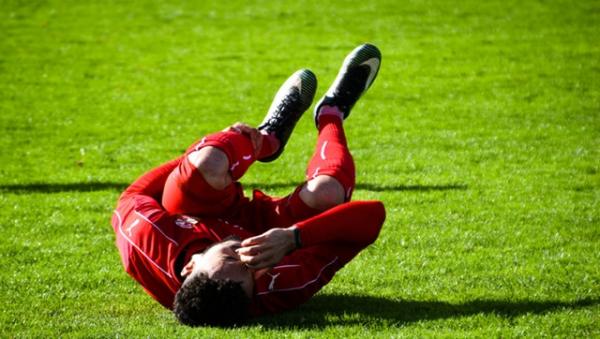The use of heat, ice or both can be an effective first treatment for foot and leg injuries. But many people are unsure about which to use when, and the topic has generated a fair amount of debate.

Should You Use Heat, Ice, or Both for Foot and Leg Injuries?
The use of heat, ice or both can be an effective first treatment for foot and leg injuries. But many people are unsure about which to use when, and the topic has generated a fair amount of debate. Using the wrong treatment at the wrong time, however, can do more harm than good, and further, prolong recovery time.
It’s important therefore to clarify the conditions under which you should apply heat or ice. We spoke to Mark Lin and Wei Lee Sports Podiatrists at Footwork Podiatry in Sydney to find out the facts.
RELATED ARTICLE: Roseville Sydney Sports Podiatry Foot Fungal Nail Infections Laser Therapy Solutions
"For muscle spasms, heat is your go-to application," says Lin, "Heat increases blood flow to the affected area, relaxes tight muscles and provides pain relief. Heat application can be a very effective strategy for managing chronic injuries."
Lee says, "Athletes will often apply heat combined with massage prior to training or a match. This increases blood circulation and allows the muscles to stretch to optimal length. By increasing the muscles’ range of movement, heat and massage prepare the body for the rigorous exercise ahead."
"Applying ice to muscle spasms will only further tighten the muscles, compounding the spasm and increasing the risk of further injury," Lin concludes.
Lin says ice application is very effective for alleviating inflammation and soothing injured tissue. "Inflammation is seen as swelling, redness and tenderness to the touch in the affected area. This is an indication that the capillaries that run through the tissue have been damaged and are leaking blood and other fluids into the area."
This damage is what causes inflammation and the use of ice is strongly recommended as a treatment. "It’s important to note that ice should always be wrapped in a cloth or towel before application and not be applied directly onto the skin," says Lee
Methods for applying ice and the time intervals for application vary depending on the type of injury sustained. You should, therefore, consult with your practitioner before using ice treatment, to ensure that the injury is treated correctly.
Using heat to treat inflammation or an acute injury can increase tissue bleeding and swelling, as heat causes the blood vessels to dilate. When heat is incorrectly used in a situation like this, it will exacerbate the condition and lengthen recovery time.
Lin says a combination of both heat and ice application is only recommended under certain conditions. "In the event of a torn or ruptured muscle, it should first be treated with ice to ease inflammation. Only once the inflammation has subsided can heat be used to relieve pain and speed up healing, by increasing blood flow to the area."
"A technique utilising alternate hot and cold baths can be used to resolve inflammation and swelling, but once again it’s recommended that you seek professional advice before attempting this. If done incorrectly, you will run the risk of causing further damage," warns Lin.
RELATED ARTICLE: Leading Sydney CBD and North Shore Sports Podiatrist Says Feet Problems Cause Low Back Pain, Footwork Podiatry
Footwork Podiatry, situated in Roseville on Sydney’s North Shore and Sydney CBD, is there to help should you have an injury or condition that you think would benefit from heat or ice treatment. They offer advanced manual therapies and a holistic and corrective care approach, with a proven track record of success in resolving acute and chronic conditions, and they will gladly offer advice to get you on the road to recovery as soon as possible.
For further information, visit the Sports and Podiatrist Clinic to book online, or call Mark Lin or Wei Lee and their friendly team on +61 2 9416 7889.
The information contained in this guide is provided in good faith and is not intended to be nor is it to be used as a substitute for any sort of professional, medical or podiatric advice. An accurate diagnosis can only be made following personal consultation with a podiatrist. Any users should always seek the advice of their podiatrist, or other qualified healthcare providers before commencing any treatment.
Syndicated by Baxton Media, the Market Influencers.
